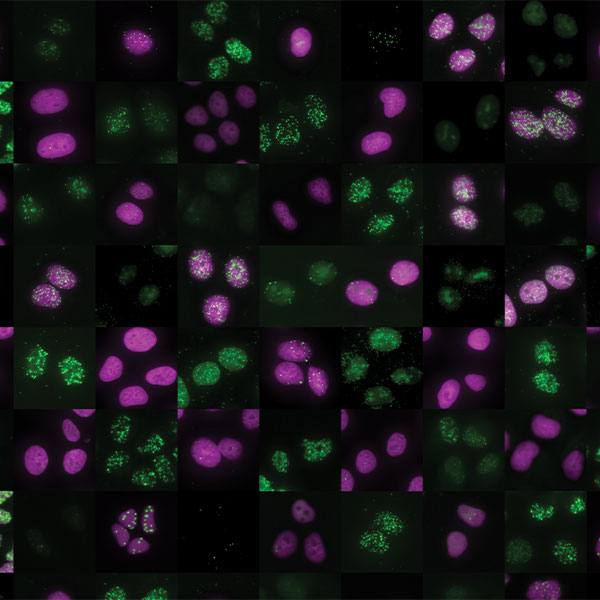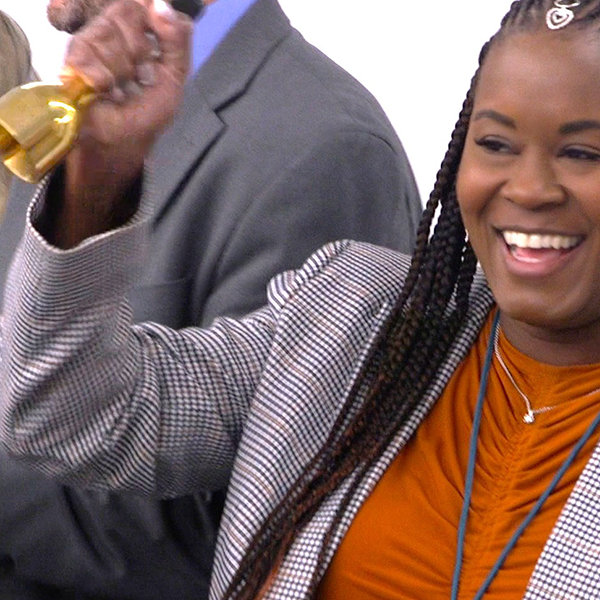-
Telehealth’s lasting impact on cancer care delivery
A recent Mayo Clinic retrospective study shows that cancer practices can integrate telehealth without duplicative care, allowing for a more streamlined healthcare experience for patients and their caregivers.
Researchers analyzed trends in telehealth use from 2019 to 2021 across Mayo Clinic Comprehensive Cancer Center. The study looked at hematology and oncology visits conducted across Mayo Clinic campuses in Minnesota, Florida and Arizona, as well as at community-based clinics across Mayo Clinic Health System.
In 2019, telehealth visits accounted for fewer than 0.01% of all visits. In 2020, a significant rise in telehealth use occurred in response to the COVID-19 pandemic, with the portion of visits conducted via telehealth increasing to 11%. By 2021, that figure rose to 14%, demonstrating a continued turn toward telehealth beyond the immediate pandemic response.
"We're showing that not only did our providers continue to use telehealth after the initial surge, but adoption (of the technology) increased over time and did not lead to increases in per-patient or per-provider care volumes," says lead author of the study, Joshua C. Pritchett, M.D., a hematology and oncology fellow at Mayo Clinic.
Overall, researchers examined over 100,000 visits conducted from 2019 to 2021, representing one of the largest analyses of telehealth use trends among cancer patients to date. Among people receiving established, ongoing care during the study, it found that 39.4% took part in at least one telehealth visit, demonstrating the critical role telehealth has played in the care of patients with cancer since the onset of the COVID-19 pandemic.
Researchers note that the study demonstrates that patient satisfaction ratings for telehealth visits remained similar to satisfaction with in-person care.
Digital health tools provide in-between visit care for patients
"Beyond telehealth, the Mayo Clinic remote patient monitoring program is continuing to expand into the cancer space, allowing us to provide tablets and wearable devices for improved monitoring and in-between visit care," says Tufia C. Haddad, M.D., a Mayo Clinic medical oncologist and the study's senior author. "This will continue to help us understand how our patients are doing, how their symptoms and vital signs are tracking so that we can intervene earlier when things are not trending in a favorable direction."
With the many challenges of needing to get to and from appointments, telehealth has proved to be a worthy resource for many patients and their caregivers. The study showed that 52% of all visits by people undergoing treatment for various forms of brain cancer were conducted by video or phone technologies, demonstrating how access to care from home can be invaluable for many.
"The home is where healthcare happens," says Dr. Haddad. "Increasingly, we are seeing a continued shift in care to the home environment where smart homes enabled by digital technologies help assess and monitor patients. In the future, I think that will be more commonplace, and from there, we will only see the continued growth of virtual care delivery."
Reimbursement structures may affect the future of telehealth growth
Researchers noted that 20% of the U.S. population lives and works in rural areas; however, only 3% of oncology practices provide care there. For those in rural areas finding it difficult to travel for cancer care, telehealth has proven to be a lifeline when available.
The study showed a significantly higher rate of phone visits in rural populations versus video visits. Dr. Pritchett says the increased use of telehealth through phone visits is encouraging and shows a willingness by rural patients with cancer to engage with telehealth overall.
However, he notes that with the end of the Public Health Emergency Declaration applied in response to COVID-19, there has been a decline in reimbursement for phone visits compared to video visits. This change has the potential to create a widening disparity between urban, suburban and rural residents, and shows a need for future studies to examine how to increase video visit use among rural populations, he says.
"Telehealth in cancer care isn't simply a byproduct of the pandemic response. Patients desire this type of care, and it has become an integral part of patient-centered cancer care that continues to evolve," says Dr. Pritchett. "I think a big takeaway from this work is going to be how we make sure that it continues to be equitable and accessible to patients, as well as sustainable for practices."
The Mayo Clinic Robert D. and Patricia E. Kern Center for the Science of Health Care Delivery supported this research. Review the study for a complete list of authors, disclosures and funding.










